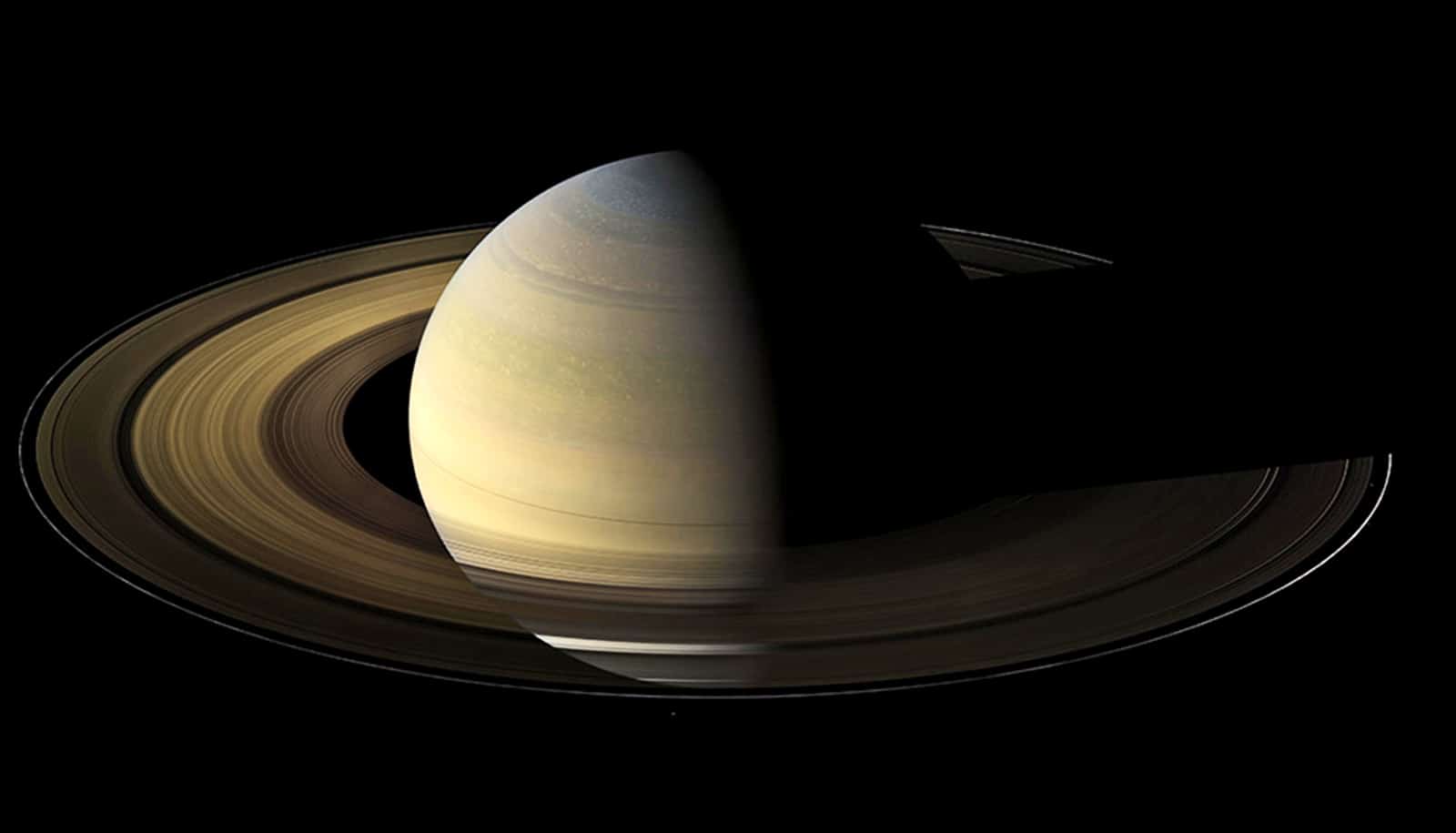Helium is a noble gas, meaning that it has been believed to be “too aloof” to react with the other elements on the periodic table. A new theoretical explanation, however, shows how helium may be capable of forming stable solid compounds—the myriad combinations of chemical elements that create all kinds of materials.
The research also suggests that the gas—whose supply on Earth has been decreasing—may exist in the Earth’s mantle, a place once considered unlikely since there was no known chemistry to keep helium there.
The new study appears in Nature Communications. A 2017 study, in which a different research team reported synthesizing a stable compound from helium and sodium, an element in table salt, under high pressure, inspired the work.
Though experiments have proven that reaction, “we did not understand why it could happen. Now we do. Helium is a good ‘nanny,'” says study leader Maosheng Miao, chemical professor at California State University, Northridge.
Helium as ‘nanny’
“We propose that there is a general driving force for helium to react with ionic compounds as soon as these compounds have unequal numbers of negatively charged and positively charged ions,” says Miao. “As a result, it stabilizes what would normally be an unstable situation, sort of the way a nanny mediates when your kids don’t get along.”
“You know what happens when you force your kids to sit together in the back seat of a small car, sometimes they don’t get along… Well, helium is the nanny…”
“The research is fundamentally interesting because helium was always considered to be unreactive—the element that doesn’t react with anything,” says coauthor Eva Zurek, chemistry professor at the University at Buffalo. “Our research illustrates a new mechanism for why helium might react with other chemical species to form compounds under pressure. Moreover, we predicted new sets of compounds that might also react with helium under pressure that were not studied in the original work.”
Ions are atoms or molecules with an electric charge. In some stable chemical compounds, one negatively charged ion balances out one positively charged ion. (An example of this is table salt, made up of positively charged sodium and negatively charged chlorine ions).
But when compounds contain unequal numbers of negatively and positively charged ions, repulsion between atoms with the same charge may drive the structure to become unstable under pressure.
That’s where helium comes in. “It’s sort of like the nanny,” Miao says.
“The chemical elements join together to form a compound, sort of like a family,” he explained. “But, like in any family, not everyone gets along—in this case because you either have too many negative or positive ions.
Helium from the Big Bang lurks in these hot spots
“Now, we’re going to apply pressure to make this compound work, which is like putting this family, this compound, into a very small car,” Miao continues. “You know what happens when you force your kids to sit together in the back seat of a small car, sometimes they don’t get along—there’s bickering and pushing. Well, helium is the nanny in this chemical compound’s car. It sits between the kids to help them get along, but it really isn’t part of the family.”
In the case of chemical compounds, Miao explains, helium doesn’t form any kind of chemical bond with its neighboring atoms. Instead, it inserts itself between the compound’s elements to keep them stable.
Helium in Earth’s mantle
The new research lays the groundwork for future study of helium compounds by predicting additional compounds that would be stable under pressure, such as a compound consisting of magnesium fluoride and a helium atom, and another consisting of calcium fluoride and a helium atom.
Helium’s lightness and extensive use mean the Earth’s supply of the element is slowly being depleted.
Miao says if his team’s theory proves true—”I believe it will, and it has been partially proven”—it could not only provide new insights into the role helium plays in chemical compounds, but also provide clues to where more of it can be found.
How a tub of liquid helium could help detect dark matter
“Our work reveals that helium has the propensity to react with a broad range of ionic compounds at even low pressures, which implies that there might be much more of it in the Earth than we realize,” he says.
“Since most of the Earth’s minerals contain unequal numbers of positively and negatively charged ions, our work suggests that large quantities of helium might be stored in the Earth’s mantle.”
The team included additional researchers from the Beijing Computational Science Research Center in China; the University of Edinburgh in the United Kingdom; California State University, Northridge; and Beijing Normal University in China.
Source: University at Buffalo



